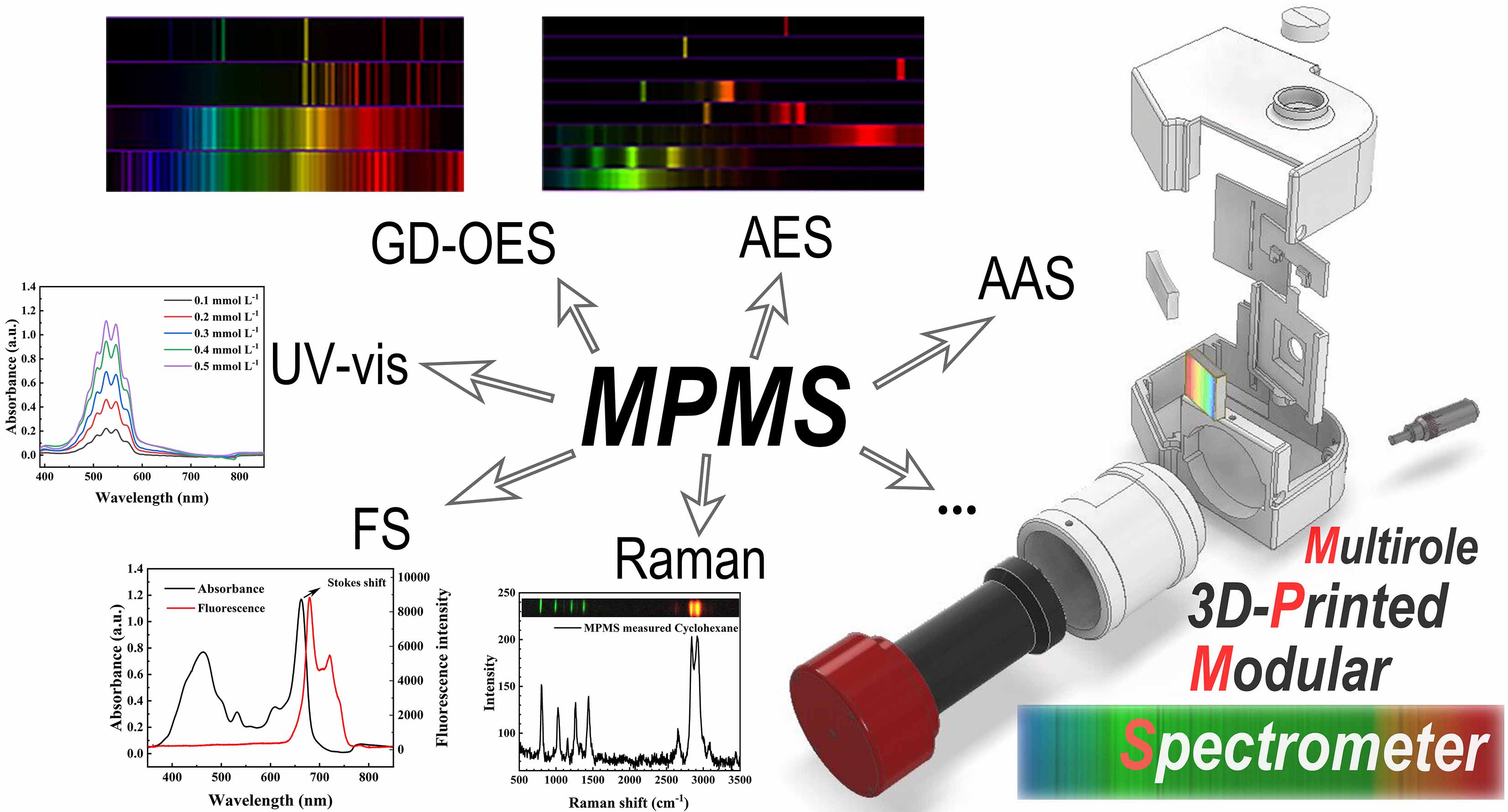I come from Nanjing, China, currently focusing on astrochemistry as a 2st-year PhD student in the MIT Chemistry department. I'm a co-directer of the MIT Kavli Institute for Astrophysics (MKI) Astrogazers outreach program. I received my undergraduate degree from Nanjing Normal University, where I was a core member and youth outreach instructor of the Nanjing Amateur Astronomers Association, a member of the Nanjing University Astronomical Union and docent at Purple Mountain Observatory, and a field outreach lecturer for the Nanjing Normal University Astronomy Club. My astrophotography works have been featured multiple times as “Picture of the Day” on Xun Xing Ke (the largest astronomy-sharing platform in China), and I won First Prize in the 18th “Shepherd’s Cup” National Astrophotography Competition, with my works exhibited at the Nanjing Library. I have been engaged in astronomy outreach for six years; my astronomy education program won First Prize in the 5th National College Student Astronomy Innovation Competition. I am now committed to building a vibrant astronomy outreach ecosystem at MIT and across the greater Boston area.
The background of this page and contact page is me under the Milky Way, took at Dahongshan, Inner Mongolia, China
I also love spectroscopy. I published a paper about DIY spectrometer in the Journal of Chemical Education. This work presents a homemade Multirole 3D-Printed Modular Spectrometer (MPMS), which can be easily assembled like bricks and expanded with several modules to measure different types of spectra, such as UV-vis absorption, fluorescence emission, flame emission/absorption, glow discharge, and even Raman spectra. The spectrometer is designed to be cheap, and flexible, and its inner structure is displayable, making it suitable for a range of applications and age groups. The assembly process allows for a clear understanding of the basic structure of the monochromator, the core component of spectrometers, as well as reveals the connections and similarities between different spectral analysis methods. Despite being easily disassembled, the spectrometer is robust, easy to calibrate, and highly precise, making it suitable for both qualitative and quantitative analysis. This study provides a valuable tool for those seeking a practical and educational approach to spectroscopy.
